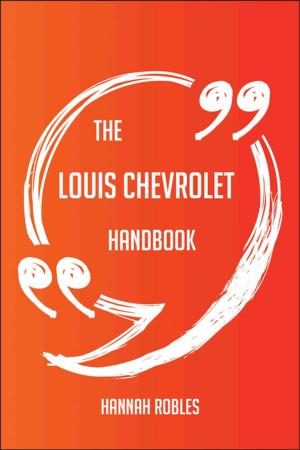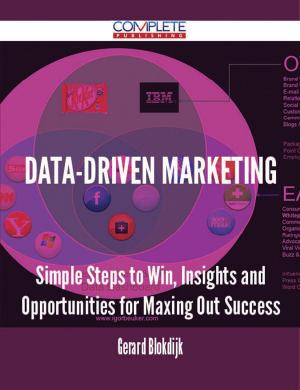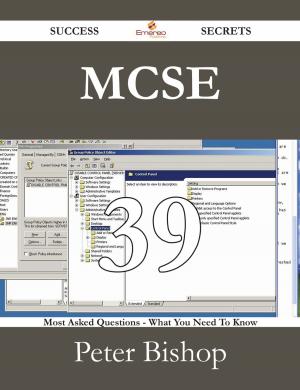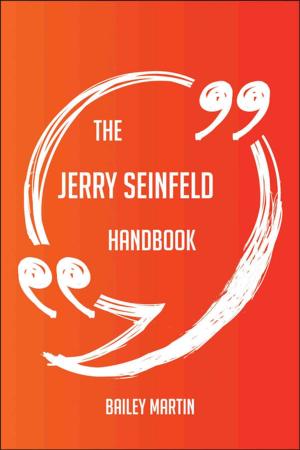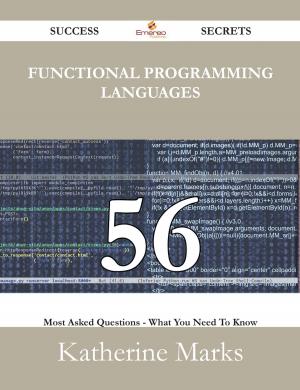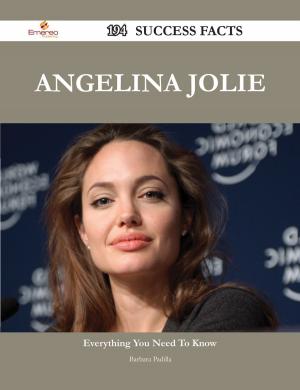| Author: | Robin Wall | ISBN: | 9781486430321 |
| Publisher: | Emereo Publishing | Publication: | October 24, 2012 |
| Imprint: | Emereo Publishing | Language: | English |
| Author: | Robin Wall |
| ISBN: | 9781486430321 |
| Publisher: | Emereo Publishing |
| Publication: | October 24, 2012 |
| Imprint: | Emereo Publishing |
| Language: | English |
Here's part of the content - you would like to know it all? Delve into this book today!..... : Large-scale quantum computers could be able to solve certain problems much faster than any classical computer by using the best currently known algorithms, like integer factorization using Shor's algorithm or the simulation of quantum many-body systems.
...It has been proven that applying Grover's algorithm to break a symmetric (secret key) algorithm by brute force requires roughly 2n/2 invocations of the underlying cryptographic algorithm, compared with roughly 2n in the classical case, meaning that symmetric key lengths are effectively halved: AES-256 would have the same security against an attack using Grover's algorithm that AES-128 has against classical brute-force search (see Key size).
... Besides factorization and discrete logarithms, quantum algorithms offering a more than polynomial speedup over the best known classical algorithm have been found for several problems, including the simulation of quantum physical processes from chemistry and solid state physics, the approximation of Jones polynomials, and solving Pell's equation.
... In April 2012 a multinational team of researchers from the University of Southern California, Delft University of Technology, the Iowa State University of Science and Technology, and the University of California, Santa Barbara, constructed a two-qubit quantum computer on a crystal of diamond doped with some manner of impurity, that can easily be scaled up in size and functionality at room temperature.
There is absolutely nothing that isn't thoroughly covered in the book. It is straightforward, and does an excellent job of explaining all about Quantum computer in key topics and material. There is no reason to invest in any other materials to learn about Quantum computer. You'll understand it all.
Inside the Guide: Quantum computer, University of California, Santa Barbara, Universal quantum simulator, Trapped ion quantum computer, Topological quantum computer, Timeline of quantum computing, Technological singularity, Superconducting quantum computing, Stabilizer code, Shor's algorithm, Scott Aaronson, SQUID, Richard Feynman, Raymond Laflamme, RSA (algorithm), Qubit, Quantum threshold theorem, Quantum teleportation, Quantum technology, Quantum mechanics, Quantum information science, Quantum information, Quantum gate, Quantum error correction, Quantum entanglement, Quantum dot, Quantum decoherence, Quantum cryptography, Quantum complexity theory, Quantum circuit, Quantum bus, Quantum annealing, Quantum algorithm, Quantum Turing machine, Quantum Fourier transform, QMA, PostBQP, Post-quantum cryptography, Pell's equation, One-way quantum computer, Nuclear magnetic resonance quantum computer, Nuclear magnetic resonance, Non-deterministic Turing machine, Nitrogen-vacancy center, Natural computing, Moore's law, Michael Freedman, Key size, Kane quantum computer, Ion trap, Integer factorization, Hidden subgroup problem, Grover's algorithm, Graphene, Fictional technology, Electron paramagnetic resonance, Discrete logarithm, David Deutsch, Daniel Lidar, D-Wave Systems, Cryptography, Cryptanalysis, Computer, Computation, Cluster state, Cavity quantum electrodynamics, Bounded-error probabilistic polynomial, BQP, Atomtronics, Anyon, Amplitude amplification, Alexei Kitaev, Alexander R. Hamilton, Adiabatic quantum computation
Here's part of the content - you would like to know it all? Delve into this book today!..... : Large-scale quantum computers could be able to solve certain problems much faster than any classical computer by using the best currently known algorithms, like integer factorization using Shor's algorithm or the simulation of quantum many-body systems.
...It has been proven that applying Grover's algorithm to break a symmetric (secret key) algorithm by brute force requires roughly 2n/2 invocations of the underlying cryptographic algorithm, compared with roughly 2n in the classical case, meaning that symmetric key lengths are effectively halved: AES-256 would have the same security against an attack using Grover's algorithm that AES-128 has against classical brute-force search (see Key size).
... Besides factorization and discrete logarithms, quantum algorithms offering a more than polynomial speedup over the best known classical algorithm have been found for several problems, including the simulation of quantum physical processes from chemistry and solid state physics, the approximation of Jones polynomials, and solving Pell's equation.
... In April 2012 a multinational team of researchers from the University of Southern California, Delft University of Technology, the Iowa State University of Science and Technology, and the University of California, Santa Barbara, constructed a two-qubit quantum computer on a crystal of diamond doped with some manner of impurity, that can easily be scaled up in size and functionality at room temperature.
There is absolutely nothing that isn't thoroughly covered in the book. It is straightforward, and does an excellent job of explaining all about Quantum computer in key topics and material. There is no reason to invest in any other materials to learn about Quantum computer. You'll understand it all.
Inside the Guide: Quantum computer, University of California, Santa Barbara, Universal quantum simulator, Trapped ion quantum computer, Topological quantum computer, Timeline of quantum computing, Technological singularity, Superconducting quantum computing, Stabilizer code, Shor's algorithm, Scott Aaronson, SQUID, Richard Feynman, Raymond Laflamme, RSA (algorithm), Qubit, Quantum threshold theorem, Quantum teleportation, Quantum technology, Quantum mechanics, Quantum information science, Quantum information, Quantum gate, Quantum error correction, Quantum entanglement, Quantum dot, Quantum decoherence, Quantum cryptography, Quantum complexity theory, Quantum circuit, Quantum bus, Quantum annealing, Quantum algorithm, Quantum Turing machine, Quantum Fourier transform, QMA, PostBQP, Post-quantum cryptography, Pell's equation, One-way quantum computer, Nuclear magnetic resonance quantum computer, Nuclear magnetic resonance, Non-deterministic Turing machine, Nitrogen-vacancy center, Natural computing, Moore's law, Michael Freedman, Key size, Kane quantum computer, Ion trap, Integer factorization, Hidden subgroup problem, Grover's algorithm, Graphene, Fictional technology, Electron paramagnetic resonance, Discrete logarithm, David Deutsch, Daniel Lidar, D-Wave Systems, Cryptography, Cryptanalysis, Computer, Computation, Cluster state, Cavity quantum electrodynamics, Bounded-error probabilistic polynomial, BQP, Atomtronics, Anyon, Amplitude amplification, Alexei Kitaev, Alexander R. Hamilton, Adiabatic quantum computation


